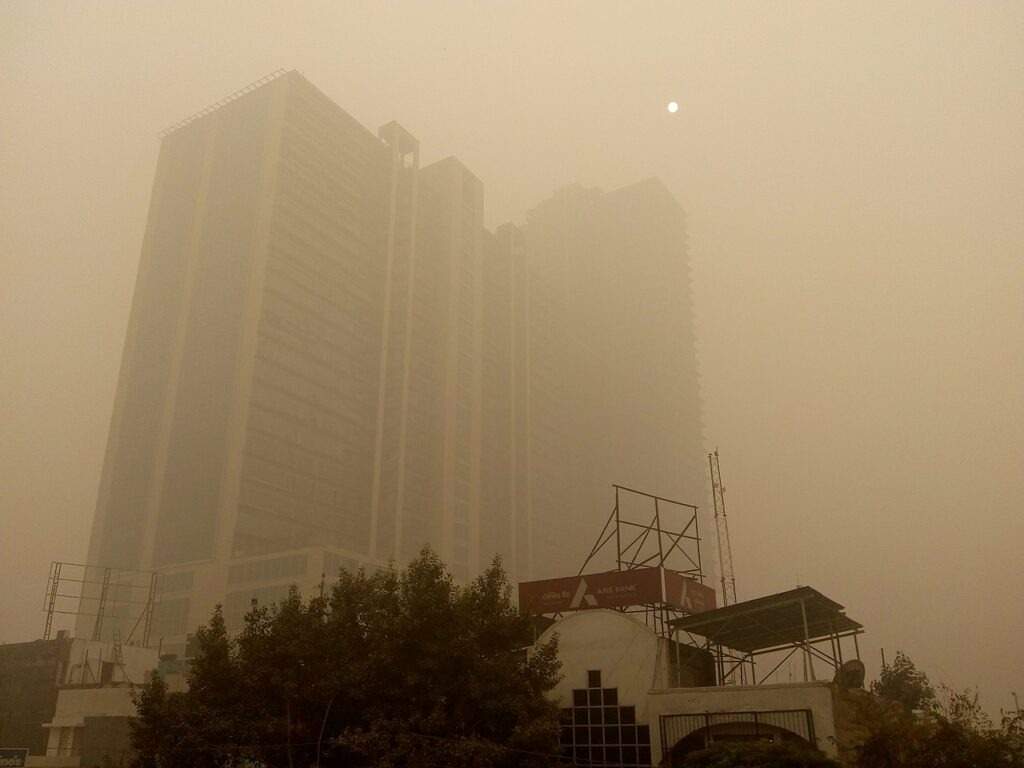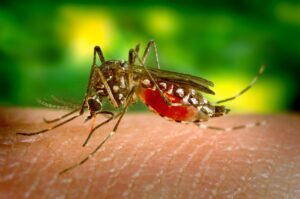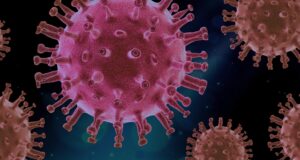Air Pollution in Delhi Leading to Considerable Health Hazards

Image credit: CC
By News Desk, Neucrad Health India November 10, 2019
Every year during October and November, Delhi goes through an environmental crisis. The air quality index (AQI) in Delhi and NCR region shoots to the hazardous range during this period. In 2018, the average AQI in the national capital was 642 and fell in the “severe-plus emergency” category. The values were 425 and 367 in 2016 and 2017 respectively. At this juncture it is worth pointing out AQI between 201 to 300 gets categorised as “poor”, 301 to 400 as “very poor”, and similarly AQI between 401 to 500 gets recognised as “severe”. 2019 was no exception to this phenomenon. Every year the same story repeats itself with the Government and Pollution Control Agencies doing very little in preventing environmental pollution.
How was the pollution level in Delhi in 2019?
In 2019, the days after the Diwali saw an abnormal increase in the toxicity and particulate matter in the atmosphere deteriorating the air quality in Delhi. During the beginning and middle of October, the AQI of Delhi ranged between 100 to 200. However, just after Diwali, there was a sharp rise in the AQI level, taking the value to 284 on the 28th of October according to the data provided by CPCB – India Central Pollution Control Board. The situation was far worse during the succeeding days when the AQI value reached as high as 546 on the 4th of November. These values are an average reading of 24 hours; at a certain point in the day, the pollution level was fire higher than these figures.
What was the effect of high toxicity and air pollution on human beings?
Severe air pollution causes health hazards among human beings and other living organisms. The animals also get severely affected by the toxicity and pollutants in the air. Breathing in this severely polluted unhealthy air is similar to smoking dozens of cigarettes in a day. It can lead to several lung diseases, including breathlessness, asthma, chest constriction, irritation in eyes, and allergic reactions. School had to be shut by the Government, and Corporate houses advocated their employees to work from home, keeping mind the health of citizens. Several flights got diverted to other nearby airports as it was risky landing in poor visibility of Indira Gandhi International Airport.
What are the reasons for the spike in AQI during winter in Delhi?
It is difficult to point to a single source for this extreme air pollution in Delhi and NCR during the winter months. Detailed below are some of the contributing factors for the abnormally high AQI just after the Diwali.
Stubble Burning in Punjab and Haryana
Delhi shares border with Punjab and Haryana- two famous states of India popular for their enormous wheat production. In ancient times farmers harvested the crops manually with the minimal output of stubbles. However, with the mechanisation of farming a considerable amount of debris were left-back during the tilling process. Some farmers intentionally set their field on fire to get rid of them. However, this practice causes considerable pollution due to smoke particles remaining suspended on air for a prolonged period. According to reports, the two states burn approximately 35 million tonnes of stubble. Though the Government has banned this process, some farmers still carry out the operation.
Bursting of firecrackers during Diwali
Many people resort to bursting of firecrackers during their Diwali celebrations. It increases air pollution significantly. The animals too face health hazard due to the air and sound pollution. Though Government bodies and NGO strongly discourage this act; some revellers do not pay attention to the environment warnings.
Increase in the number of automobiles
In the last decade, the population of Delhi has increased considerably. Strong economy and affordability of citizens have led to manifold increase in the number of automobiles. It is a fact that vehicular emission adds to air pollution and turns the Delhi atmosphere hazardous for breathing. The National Environmental Engineering Research Institute (NEERI) along with the Central Pollution Control Board (CPCB) has confirmed automobile emission as a significant contributor to Delhi air pollution.
These were some of the crucial facts about air pollution in Delhi post-Diwali. Though the Government is trying its best to raise awareness among the public about the restriction of contributors, it has not yielded significant results. It affects human health adversely undoubtedly.








